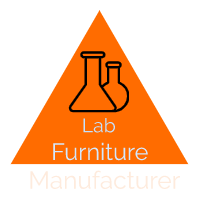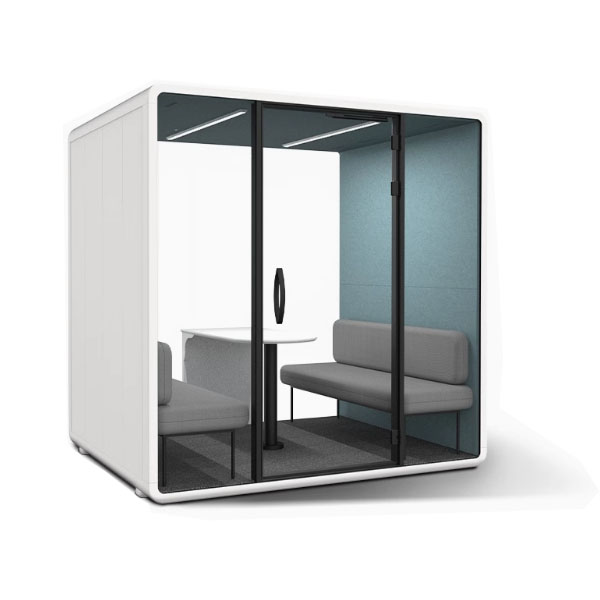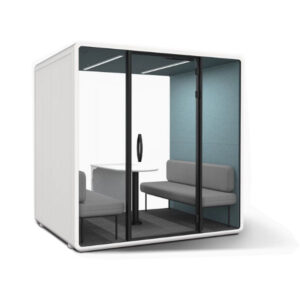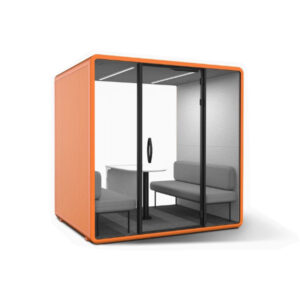Table of Contents
In today’s evolving manufacturing world, companies often expand their expertise into new product lines that align with their existing capabilities. A surprising yet logical example is lab fume hood manufacturers branching into the production of office pods. While these products serve vastly different purposes—one safeguards scientists from hazardous fumes, and the other offers privacy in modern workplaces—they share key similarities that make this transition both practical and strategic. This article delves into why a lab fume hood manufacturer is well-suited to produce office pods, exploring their structural parallels, overlapping production technologies, and supply chain advantages.
Shared Structural Elements
Lab fume hoods and office pods may differ in function, but their foundational designs reveal striking similarities. Both are metal structures, relying on materials like steel or aluminum for strength and durability. Fume hoods use these metals to resist chemical corrosion and ensure long-term reliability in laboratory settings. Office pods, meanwhile, employ metal frames to provide stability and support soundproofing features. For a manufacturer already skilled in metal fabrication, transitioning to office pod production leverages existing equipment and material-handling expertise.
Another commonality is the need for ventilation systems. In lab fume hoods, ventilation is critical for safety, expelling toxic fumes to protect users. Office pods, though not handling hazardous substances, require airflow to maintain a comfortable environment for occupants. The know-how in designing and integrating ventilation—whether for safety or comfort—transfers seamlessly between the two products
Additionally, both require power supply systems. Fume hoods often feature electrical outlets to power lab equipment, while office pods need electricity for lighting, device charging, or even advanced features like built-in screens. A manufacturer experienced in wiring electrical components into metal enclosures can apply this skill to both products, ensuring functionality and safety.
Overlapping Production Technologies
The technology and processes behind lab fume hoods equip manufacturers with a strong foundation for producing office pods. Fume hoods demand sophisticated technology to meet strict safety standards, involving precise engineering and advanced metalworking techniques like laser cutting and CNC machining. These methods create components with exact specifications, a capability equally valuable for crafting office pods that require precision for structural integrity and aesthetics.
While fume hoods are more complex due to their safety requirements, office pods are comparatively less complicated, lacking the need for chemical resistance or exhaust systems. This complexity gap works in the manufacturer’s favor—if they can master fume hood production, office pods become a simpler extension of their skill set.
Moreover, some production processes are shared between the two. For instance, both involve:
Cutting and shaping metal sheets to form frames or panels.
Welding to assemble sturdy structures.
Installing ventilation components, such as fans or ducts.
Wiring electrical systems for power distribution.
A workforce trained in these tasks for fume hoods can easily adapt to office pod assembly. Plus, the rigorous quality control standards applied to fume hoods—ensuring airtightness and safety—translate into high-quality office pods that meet customer expectations.
Supply Chain Advantages
The supply chain further bolsters a lab fume hood manufacturer’s ability to produce office pods. Both products rely heavily on metal alloys like steel or aluminum as their primary raw material. A manufacturer already sourcing these alloys for fume hoods can extend their purchasing power to office pods, consolidating orders for better pricing.
Today’s market for metal alloys is a buyer’s market, meaning supply exceeds demand, and suppliers compete for business. In this environment, manufacturers with large, consistent orders—amplified by producing both fume hoods and office pods—gain leverage to negotiate favorable terms. This mass production approach drives economies of scale, lowering the per-unit cost of materials and making production more cost-effective.
Additionally, an established network of suppliers and logistics partners for fume hoods allows manufacturers to scale up office pod production without the delays or expenses of building new supply chains. This streamlined process enhances efficiency and keeps costs under control.
Conclusion
Lab fume hood manufacturers are uniquely positioned to succeed in producing office pods, thanks to their expertise in metal fabrication, ventilation, and electrical integration. The shared structural elements, adaptable production technologies, and supply chain efficiencies create a natural pathway for this diversification. By harnessing their existing capabilities, these manufacturers can deliver high-quality office pods that meet the rising demand for private workspaces. As businesses increasingly seek innovative office solutions, lab fume hood manufacturers stand ready to emerge as key players in this growing market.



